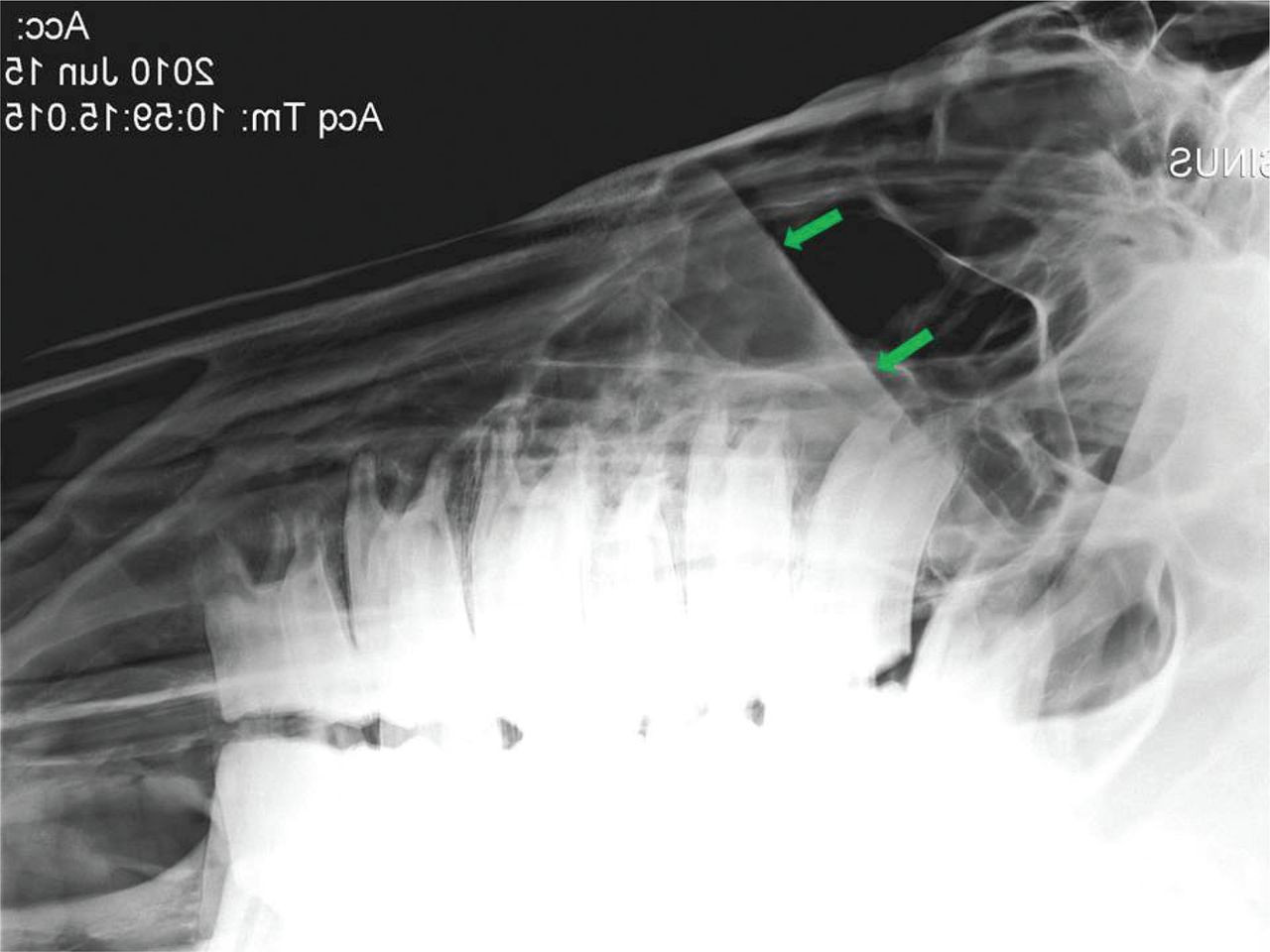Recently we've seen a few cases of horses with nasal discharge and we thought it would be a good idea to post about one of the conditions we associate with nasal discharge.
***ADVANCED WARNING- Lots of pictures of pus!***
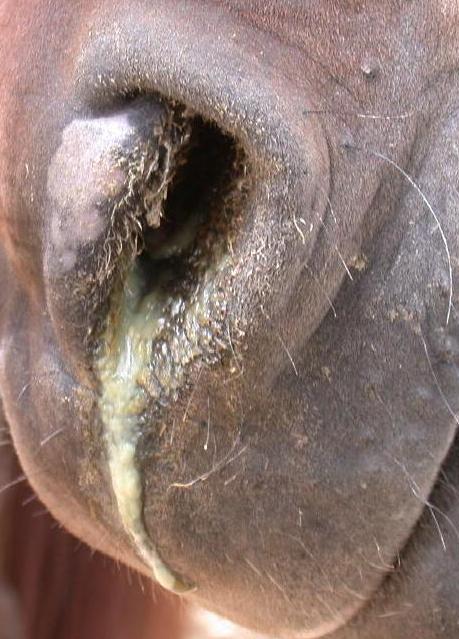
In sinusitis the discharge is usually from one nostril and is often yellow and looks like pus
A small amount of clear watery or serous discharge from one or both nostrils can be normal, we often see this after exercise but if you notice your horse only has discharge coming from one nostril and looks like pus this may be cause for concern.
Other signs we associate with sinusitis is facial swelling, tearing of the eye and dullness on percussion of the sinuses.
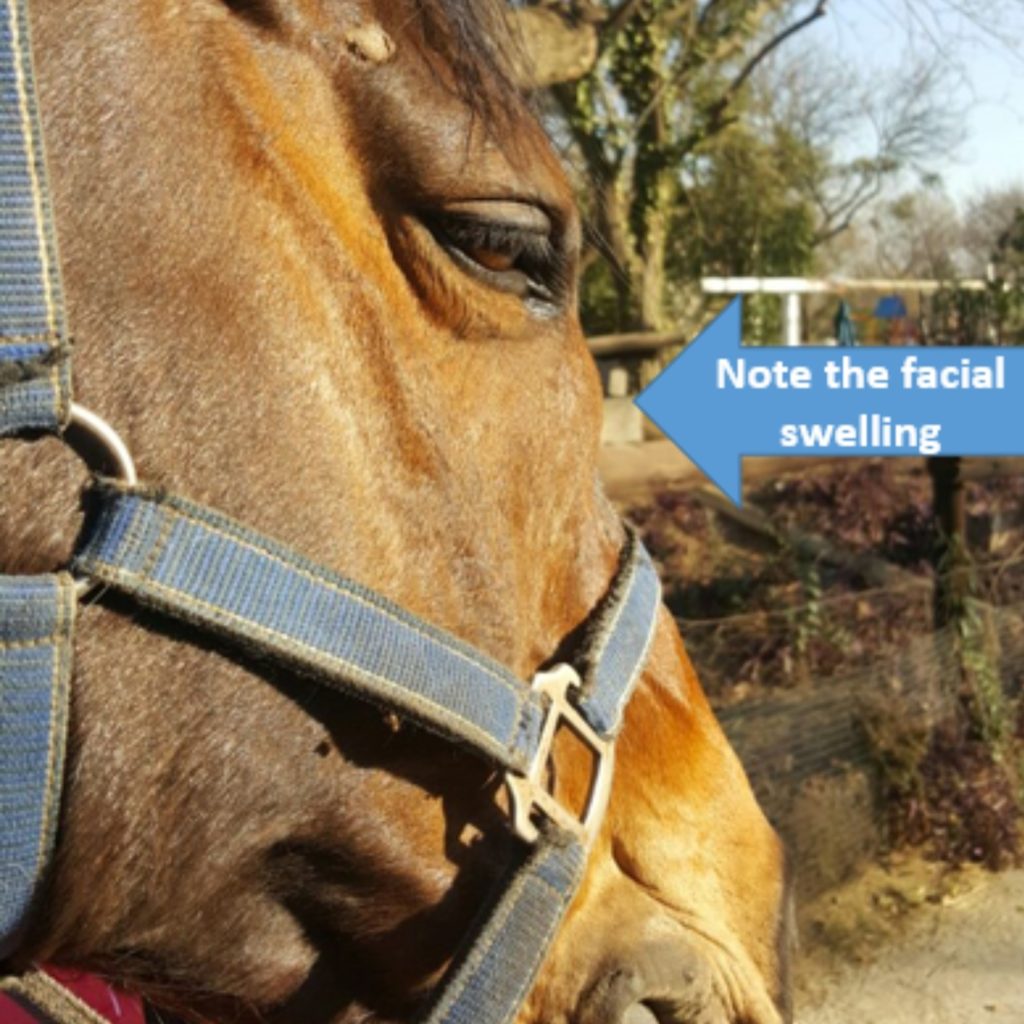
What are sinuses?
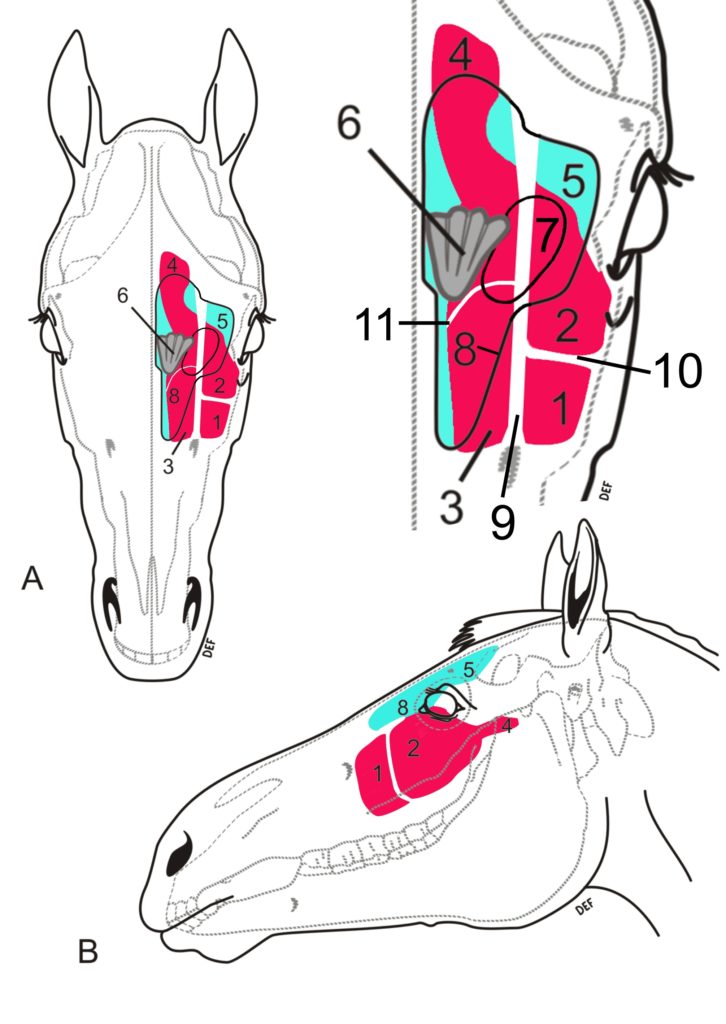
Sinuses are air filled cavities inside the skull- there are several of these cavities and they can become infected causing pus to accumulate. The pus then drains from the sinus out through the nasal passage.
What causes sinusitis?
Primary causes include infection following a respiratory tract infection or virus which has not been cleared fully- the lining of the sinus becomes thickened and drainage of the fluid is obstructed.
Dental related sinusitis can be caused due to tooth roots which enter into the sinuses and if there is an infection at these roots the sinus fills with pus.
Sinus cysts or tumours can also cause sinusitis, with tumours being more common in older horses and mucoid discharge being noted from one nostril. Facial swelling or distortion can be seen.
How do we diagnose sinusitis?
We can x-ray the sinuses to assess for fluid (including pus) that may be present. We may also be able to see soft tissue changes in cases where a cyst or tumour is present.
CT can be performed to also diagnose sinusitis and identify any fluid, pus, cysts or tumours that may be present
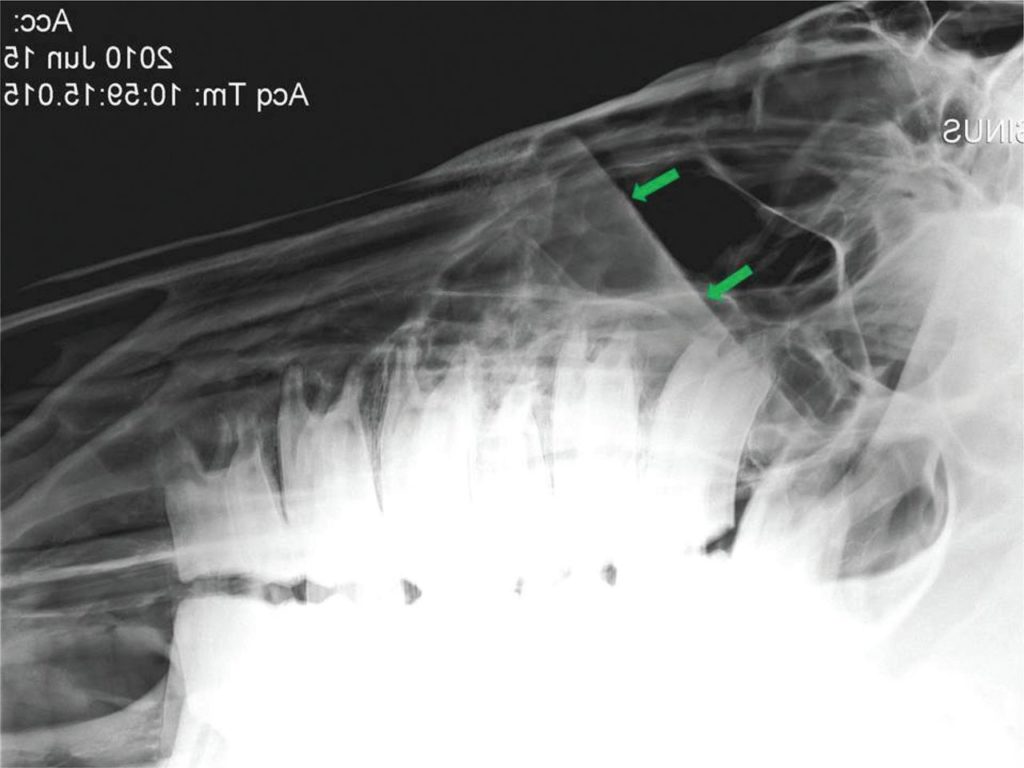
How do we treat sinusitis?
We first aim to identify the primary cause, in the cases of dental related sinusitis we may have to extract teeth to remove the cause of the sinusitis.
Sinoscopy can be performed- we create a small hole into the sinus and use an endoscope (long tube with a camera) to visualise the structures inside the sinus and see if we can identify cysts, tumours or other abnormalities.
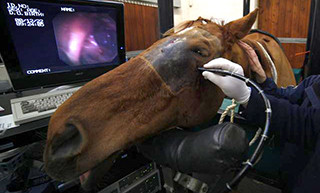
We can then place a foley catheter and flush out the sinus, this often requires several days of flushing and treatment with additional antibiotics and anti-inflammatories.
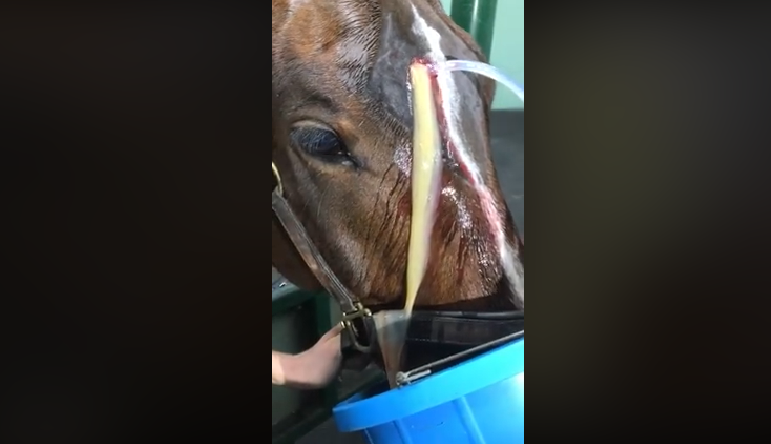
In cases of cysts or tumours, we may perform a sinus bone flap to allow for access to the sinus and removal of tissue as required.
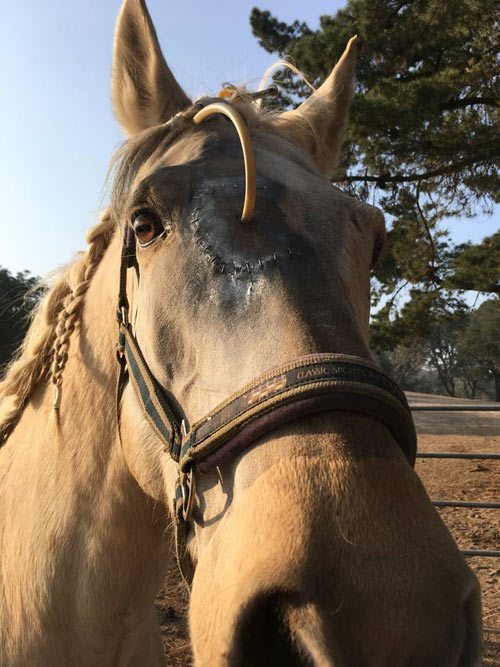
Thankfully sinusitis is relatively rare, but if your horse has nasal discharge looking like pus from one or both nostrils please call us to arrange for an examination. Alex xxx
